You are here
Complex "Baikonur".
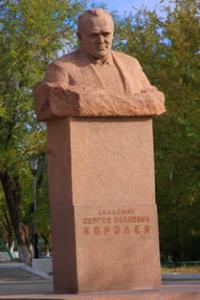
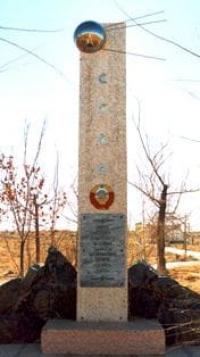
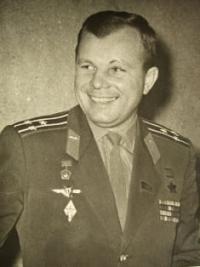
Tours from Kyzylorda to Baikonur Cosmodrome.
“The stars show us the Greatness and beauty of the Universe, in which we, the eternal wanderers of space, strive to find our star.”
Valentin Petrovich Rychkov.
Baikonur Cosmodrome in Kyzylorda region.
The Baikonur complex is an international space port that ensures the reliable implementation of Russian and international space programs. Baikonur has maintained a leading position in the global space infrastructure for more than 50 years.
The history of the international space port is full of interesting and diverse pages associated with the names of great people of the 20th century, with interesting engineering projects that were in many ways ahead of their time.
On February 12, 1955, the Central Committee of the CPSU and the Council of Ministers of the USSR, by joint resolution No. 292 - 181ss, approved the creation of the Scientific Research Test Site No. 5 of the USSR Ministry of Defense (NIIP No. 5 of the USSR Ministry of Defense), intended for testing rocketry.
A significant area of desert was allocated for the location of the test site (a group of topographers and geologists worked here in 1954) in the middle between two regional centers of the Kzyl-Orda region of Kazakhstan - Kazalinsky and Dzhusalami, near the Tyuratam junction of the Moscow - Tashkent railway.
The area where the test site was formed in the first half of 1955 had the code name “Taiga”. The official date of birth of the city and the test site is June 2, 1955. This day, the General Staff of the Soviet Army approved the organizational structure of the test site intended for testing rocket and space technology.
The training ground and the village received the unofficial name “Zarya”. In January 1955, a platoon of the first builders arrived here. In March-April 1955, a reconnaissance group under the leadership of the construction manager, Colonel T.M., arrived in the area of the future test site Shubnikova.
Between April and June 1955, eight military construction battalions began construction work in the construction area of the main testing base of the proving ground complex, and a large amount of equipment was concentrated.
The construction of the residential village “Site No. 10”, or unofficially “Zarya”, began along the Syr Darya River. In May 1955, in the area of the current GDK, construction began on a “wooden town” - the first wooden barracks-type houses, which housed the training ground headquarters and military builders.
The first streets of the village were Naberezhnaya, Peschanaya, Shkolnaya, and Pionerskaya. On June 22, 1955, the first cubic meter of concrete was laid for the road towards site No. 2. On July 20, construction units began work on the construction of the launch pad No. 1.
To create just the first launch structure, military builders needed to dig a pit 45 meters deep, 250 long and more than 100 wide, lift more than a million cubic meters of soil and lay over thirty thousand cubic meters of concrete.
By the end of 1956, construction work was largely completed, and installation of equipment began. In 1956, construction of the Oxygen Plant began at site No. 3; its commissioning in 1958 made it possible to reduce the supply of oxygen to the site by four times.
In less than a year and a half, a huge amount of work was completed at the technical sites of the cosmodrome. By the time flight tests of the R-7 rocket began, measuring point No. 1 was built at site No. 18. On May 15, 1957, the state commission signed an acceptance certificate for the commissioning of the first launch.
On this day, the first launch of the R-7 intercontinental ballistic missile, created at OKB-1 by S.P., took place from it. Korolev (currently RSC Energia named after S.P. Korolev), and on October 4, 1957, specialists from the cosmodrome launched the first artificial Earth satellite into orbit.
On January 29, 1958, by the Decree of the Presidium of the Supreme Council of the Kazakh SSR, the village on site 10, which had no name, but was unofficially called “Zarya,” was given the name Leninsky. According to the project, the village was designed for permanent residence of about 5 thousand people.
However, thanks to the intensive expansion of experimental testing work carried out at the test site, it has already at the end of 1959, 8,000 people lived in the Zarya village, and by the end of 1960 - more than 10,000 people.
In the late 1950s - early 1960s, the village was massively built with three-story brick houses (“Stalinist” type with high ceilings) within the boundaries of the streets Ostasheva - Kommunalnaya - Nosova - Lenina, Nosova - Kommunalnaya - Shubnikova - Rechnaya; Four-story buildings were built - the training ground headquarters and a department store - on Lenin Square.
The 5th NIIP received the open name “Baikonur Cosmodrome” (for publications in the press and other purposes) after the first manned space flight - Yu. A. Gagarin, which took place on April 12, 1961, on this day the Battle Banner was awarded to the cosmodrome .
For its significant contribution to strengthening the country's defense, solving national economic and scientific research problems, the Baikonur Cosmodrome was awarded: 1960 - the Order of the Red Star, 1965 - the Order of Lenin, 1976 - the Order of the October Revolution.
In the mid-1960s, four-story houses of a transitional type (with a gable roof) were built on the blocks within the boundaries of the streets Komarova - Kommunalnaya - Ostasheva - Lenina - Nosova - Rechnaya, Shubnikova - Kommunalnaya - Sovetskaya Armii - Rechnaya; a new Garrison House of Officers was built on Lenin Square.
In 1966, two steles were made with the inscription “Zvezdograd” (this was the unofficial name of the Leninsky village in the 1960s): they were installed at the entrances to the city from the airfield and from the railway station.
In 1969, the village received city status and the official name Leninsk. In the second half of the 1960s, construction began on four- and five-story brick houses (with a flat roof) of new large blocks within the boundaries of the streets of the Soviet Army - Yangel - Nedelina - Nitochkina - Rechnaya.
In the late 1960s - early 1970s, a microdistrict was built with five-story brick houses, which received the unofficial name "Damansky" - within the boundaries of Mira - Yangel - Seifullin - Karl Marx streets. In the mid-1970s, development of this quarter continued with five-story panel houses;
These same houses were also erected along Gorky Street (formerly Kommunalnaya) from Nedelina Street to Sovetskaya Armii Street. By the end of the 1970s, the population of Leninsk reached 70,000 inhabitants.
The city experienced rapid growth in the 1980s in connection with the development of the Energia-Buran space program, which led to a large influx of specialists from all over the USSR. Five-story panel houses of the new series (white) are widely used;
At first, in order to consolidate the existing buildings, they were erected in the “Damansky” microdistrict along Mira and Yangel streets, and then, by the mid-1980s, the construction of new large microdistricts began in the southwestern part of the city - Fifth, Sixth, Seventh. In addition to 5-story buildings, a significant number of 9-story buildings (mostly panel ones) were also built in these areas.
In the second half of the 1980s, the Dalny artesian water intake was built (about 100 kilometers south of Leninsk) in connection with the sharply increased needs of the cosmodrome for water due to the deployment of the Energia-Buran program (up to this point in Leninsk there was only river water intake on the Syrdarya River, and the water in the town was salty and unpleasant to the taste).
The Blizhny water intake (15 kilometers south of Leninsk) and a large diameter water pipeline from Dalniy through Blizhny to Leninsk were also built. (The Dalniy water intake was abandoned in the early 1990s, but the Blizhny water intake is still in operation and supplies the city with clean, high-quality drinking water).
By 1990, housing construction in Leninsk had largely ended; The housing stock amounted to 360 multi-storey buildings with a total area of more than 1,000,000 square meters; the population of the city (including residents of towns located on the cosmodrome sites) reached 140,000 residents.
Hard times for the cosmodrome and the city came in 1991 - 1992, after the collapse of the USSR. Fortunately, this didn't last long. In 1994, an Agreement was signed between the Russian Federation and Kazakhstan, according to which Russia will operate the spaceport in exchange for an annual rent paid to Kazakhstan.
The lease term was set at 20 years. In 2004, this lease period was extended until 2050. Soon, new public services were created in Leninsk, and life gradually began to improve. In December 1995, by Decree of the President of the Republic of Kazakhstan, the city of Leninsk was renamed the city of Baikonur.
Since the second half of the 1990s, the number of space launches from Baikonur has increased significantly, and the outflow of specialists from the cosmodrome has stopped. The city began to gradually recover and develop.
For about 40 years, the Baikonur Cosmodrome operated under the auspices of the Ministry of Defense and the Ministry of General Engineering of the USSR. Then the military and the Federal Space Agency took over the baton of responsibility.
Currently, the military component has been withdrawn from the cosmodrome, and the operation of the objects of the Baikonur complex on behalf of the Government of the Russian Federation is carried out by the Federal Space Agency of Russia and the administration of the city of Baikonur.
The interests of Kazakhstan at the complex are represented by the Special Representative of the President (akim of the Kzyl-Orda region) and the National Space Agency of the Republic of Kazakhstan. Extending the lease until 2050 provides time for the most daring projects.
The Baikonur complex is a good link for the development of good neighborly relations between Russia and Kazakhstan, an attractive object for cooperation with countries near and far abroad. Here a new generation of general and chief designers, brilliant developers and competent testers of rocket and space technology should grow up and “take their wings”
The Baikonur complex is a modern scientific, technical and social complex that ensures the reliable implementation of Russian and international space programs. For decades, Baikonur has maintained a leading position in the world space infrastructure and remains the most “launching” cosmodrome: about 20 launches of space rockets are carried out from its launch complexes per year.
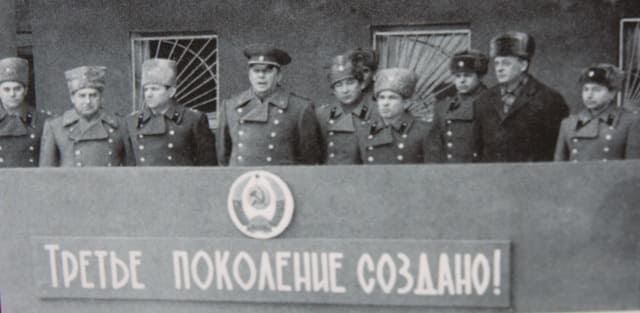
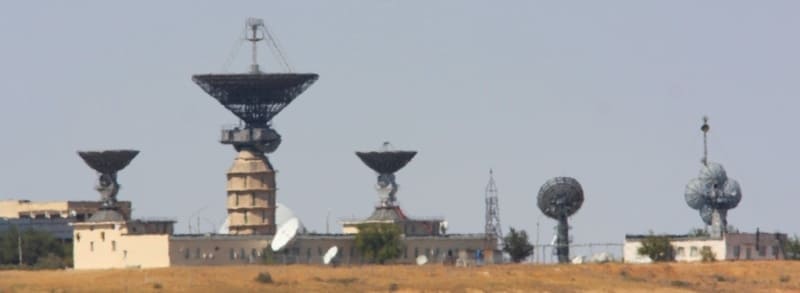
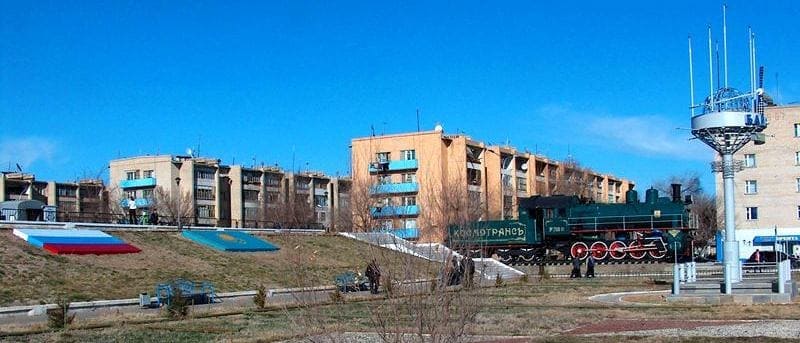
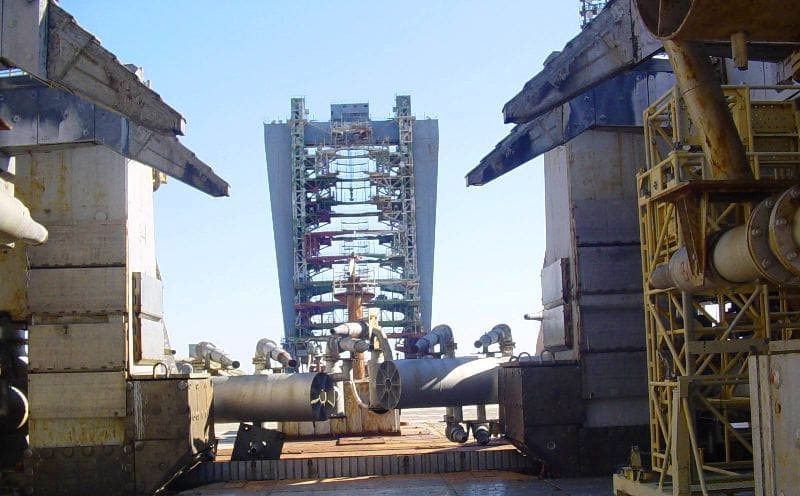
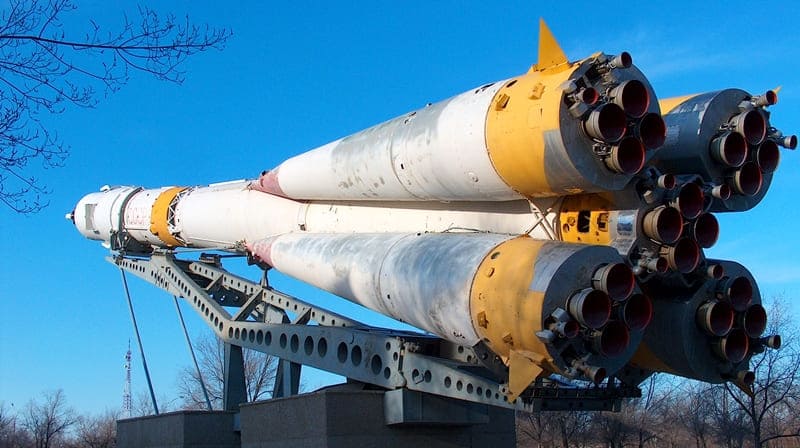
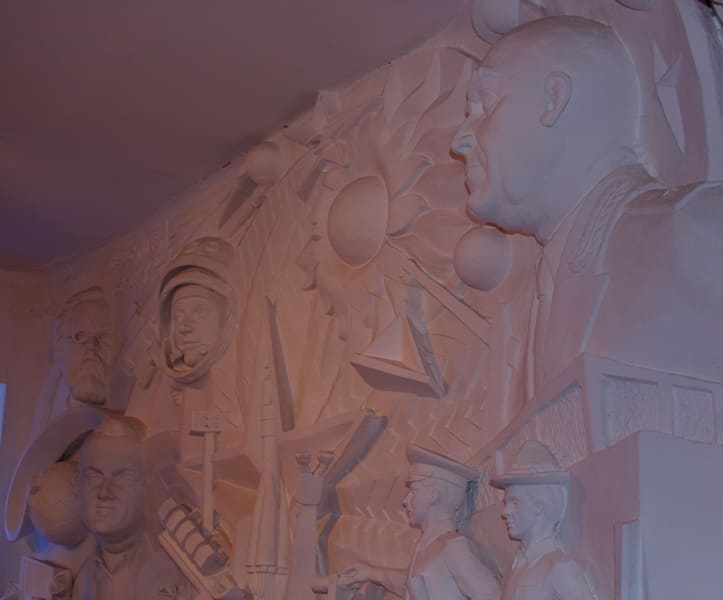
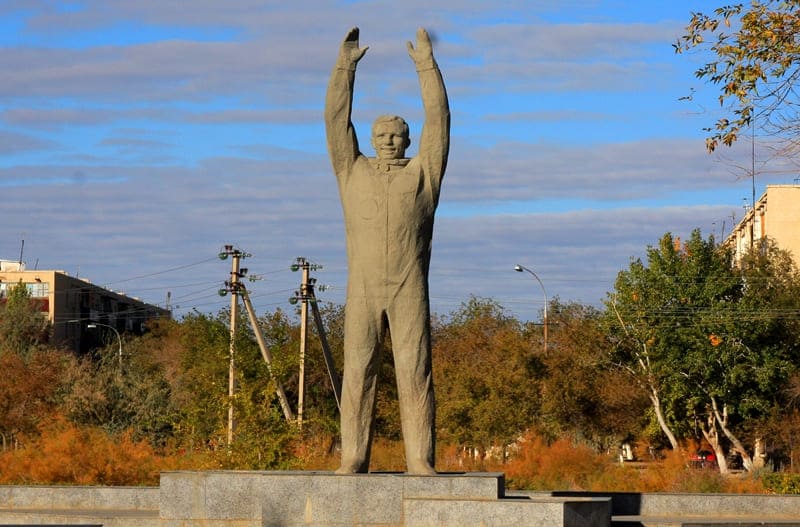
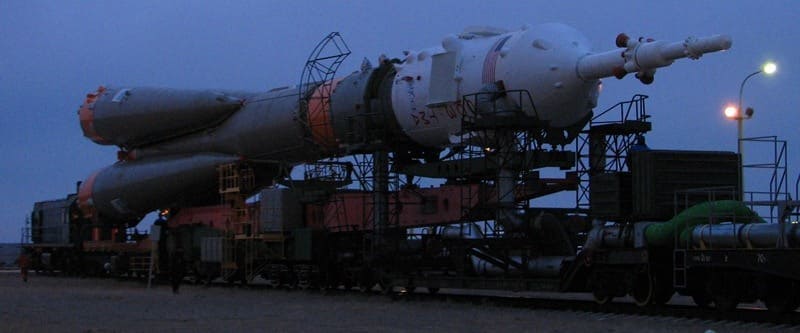
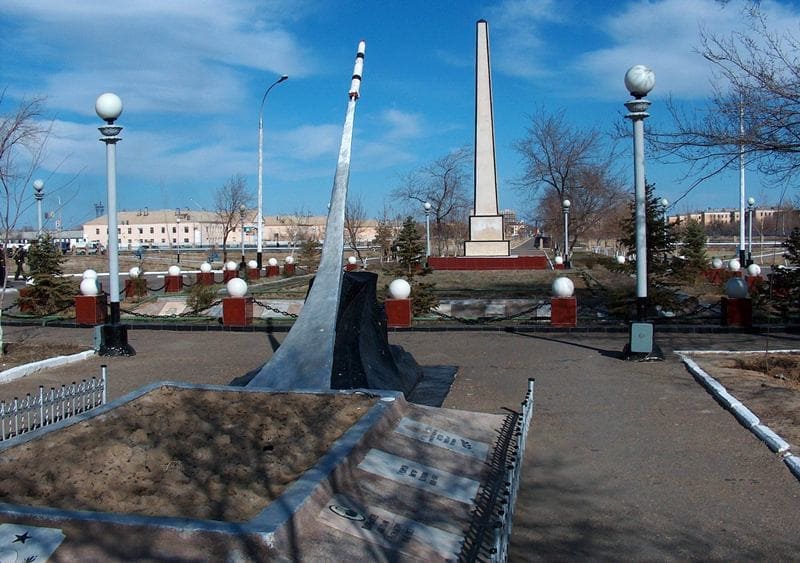
Authority:
http://www.baikonuradm.ru/index.php?mod=city_1
Photos by:
Alexander Petrov.






